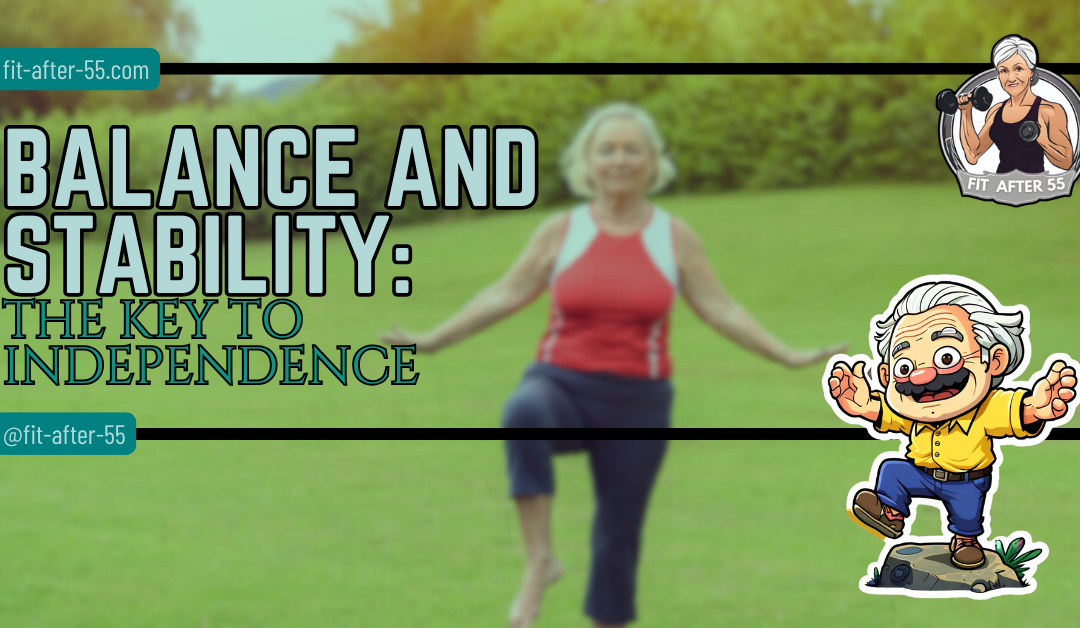Let’s talk about balance and stability—two things that might not get much attention but are absolutely crucial for staying independent as we age. Think of balance and stability as your body’s unsung heroes, working behind the scenes to keep you steady on your feet, whether you’re navigating a crowded room, climbing stairs, or just reaching for something on a high shelf.
They’re all about helping you move with confidence and reducing the risk of falls, which can seriously impact your freedom and quality of life. In this guide, we’ll break down how balance and stability work, why they’re so important, and how you can keep them in top shape. Ready to take charge of your independence? Let’s dive in!
Balance And Stability: The Key To Independence
I want to avoid being a statistic! According to the CDC, over 36 million falls are reported by older adults each year, resulting in more than 32,000 deaths. I work diligently to avoid becoming one of them.
If you’re like most people, you don’t give much thought to the intricate dance of muscles and senses that keep you upright. That’s balance and stability at work, and they’re your unsung heroes. They navigate you through crowds, keep you steady on uneven paths, and are key to dancing, running, or just standing without thinking twice.
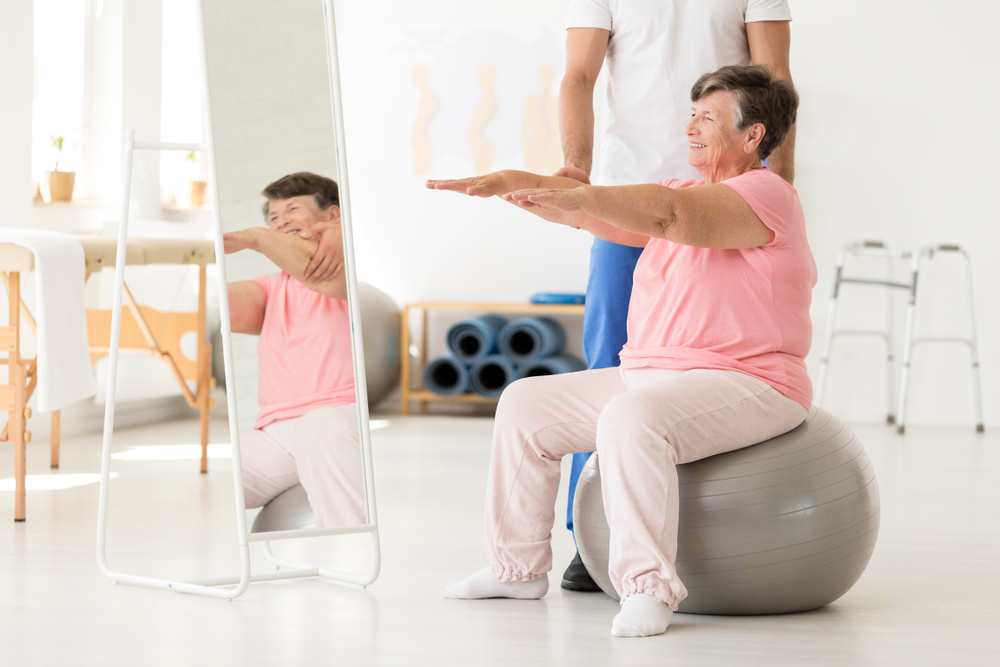
This isn’t just about avoiding the occasional stumble; it’s also about maintaining your independence as you age. Losing your balance is no small thing. It can lead to falls, which are the leading cause of injury and hospital visits among older adults. In fact, according to the Centers for Disease Control and Prevention (CDC), one out of four older adults falls each year, and less than half tell their doctor.
Balance and stability are about safeguarding your freedom to live life on your terms. They’re the foundation that allows you to move with confidence, whether you’re carrying groceries, climbing stairs, or playing with your grandkids. By enhancing these skills, you’re not just protecting your safety; you’re ensuring that every step you take is a step toward independence and vitality.
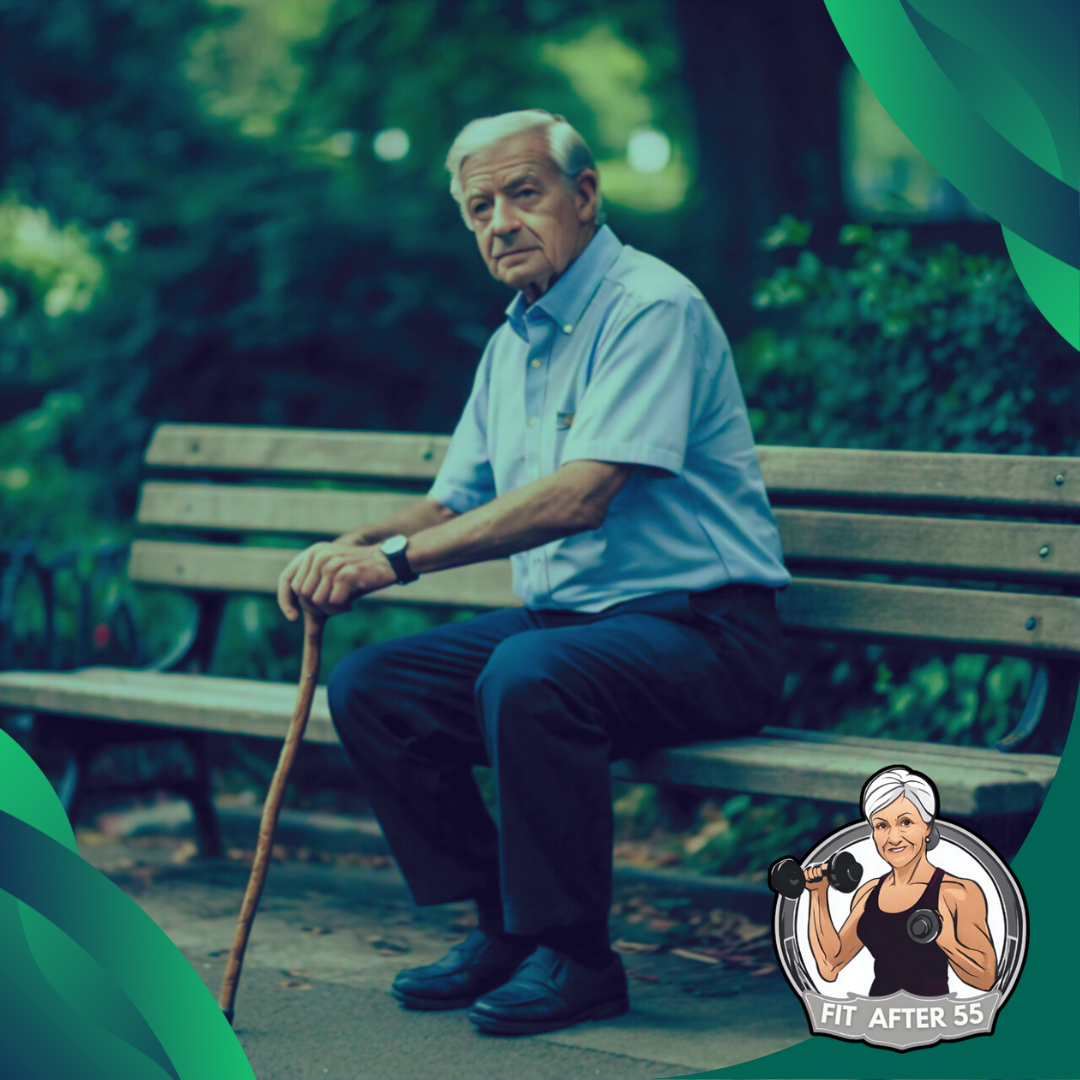
Key Takeaways
- Core strength is crucial: A strong core provides a solid foundation for balance and stability.
- Practice makes perfect: Regular balance exercises can significantly improve your coordination and equilibrium.
- Variety is key: Incorporate a variety of balance exercises into your routine to target different muscle groups.
- Start slow and progress gradually: Begin with easier exercises and gradually increase the difficulty as your balance improves.

Understanding the Mechanics of Balance
Let’s dive into the fascinating mechanics of your balance system. Balance is far from a simple process—it’s a sophisticated system where various parts of your body work together seamlessly. At the heart of this system is the vestibular system in your inner ear, which collaborates with your eyes and proprioceptive system to keep you stable.
Proprioception, though it might sound complex, is something you use constantly. It’s your body’s way of sensing its position in space, allowing you to stand, walk, or reach for a coffee cup without needing to look. Proprioceptors, found in your muscles and joints, send information to your brain about where your limbs and body are, helping you move smoothly and maintain balance.

However, balance can be disrupted by several factors. Conditions like vertigo, Meniere’s disease, or neurological disorders can significantly impact your vestibular system. Age-related changes can also affect proprioception, but the good news is that targeted exercises can make a substantial difference.
In the upcoming sections, you’ll discover practical strategies to enhance your balance and boost your independence. These tips are designed to not only help you stay steady but also to reduce your reliance on others, fostering greater autonomy and confidence in your daily activities.
The Connection Between Balance, Stability, and Independence
You might not always think about it, but balance and stability are essential for a slew of activities you do every day. That’s right, from getting out of bed to walking up a flight of stairs, these skills are the unsung heroes that keep you moving with confidence.
This isn’t just about avoiding falls, it’s also about maintaining your freedom. If your balance is off, it’s not just physical activities that suffer. Your very independence can be at stake. Imagine relying on others for simple tasks like navigating your home, shopping, or visiting friends. That’s a situation none of us wants to be in.
Now, here’s a statistic to wrap your head around: one out of four older Americans falls each year, which can lead to serious consequences like broken hips or head injuries, as reported by the Centers for Disease Control and Prevention (CDC). But it’s not a problem exclusive to the elderly. Balance issues can sneak up at any age, often exacerbated by sedentary lifestyles.
On the flip side, when your balance is good, you’re less prone to falls, and you gain a psychological boost, too. It’s empowering to know that you can move through your world steadily and securely. And I’m not just throwing out empty encouragements here; studies back up the fact that good balance correlates with increased self-reliance and overall life satisfaction.
I’ve come across inspiring stories of people regaining their independence through balance training. Take Sarah, for example, who, after a fall, felt hesitant even to walk her dog. But with consistent balance exercises, she’s not just back on her feet; she’s hiking trails she never thought possible.
If you want to improve your balance and safeguard your independence, stick around. Up next, I’m going to help you with assessing and enhancing your balance so you can live your life to the fullest without constant fear of falling.

Assessing and Improving Your Balance

Nutrition and Lifestyle: Supporting Your Balance Naturally
Your diet plays a vital role in maintaining your balance and stability. Certain nutrients are crucial for the nerve and muscle functions that keep you steady on your feet. Think of it this way: just as you wouldn’t expect a car to run smoothly without the right kind of fuel, your body needs the right nutrients to perform at its best.
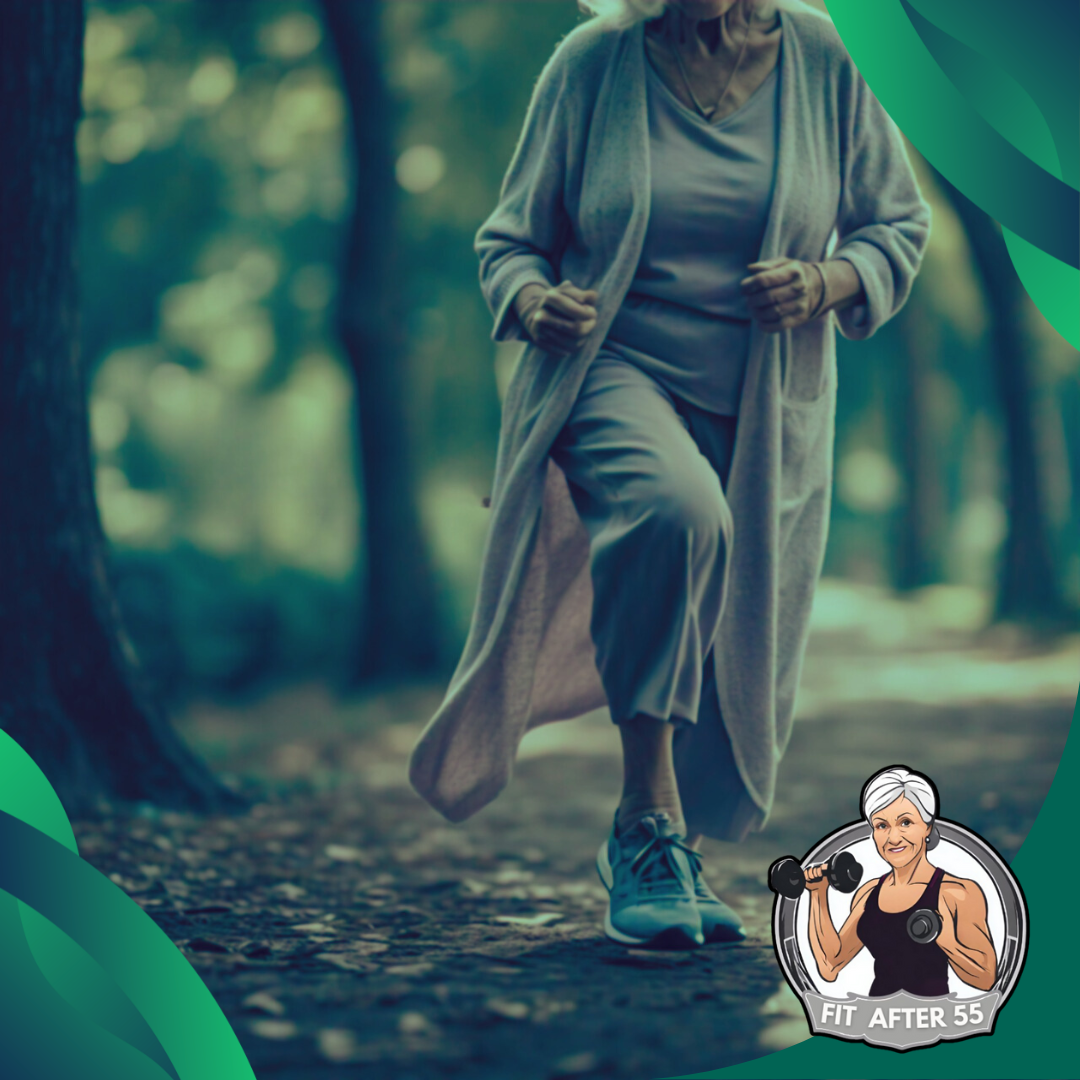
Speaking of nutrients, let’s talk specifics. Calcium and Vitamin D are like the dynamic duo for bone health, which is essential for good balance. Magnesium also deserves a shout-out here because it’s involved in over 600 cell reactions in the body, including muscle contraction and nerve transmission. And don’t forget Omega-3 fats; found in fish oil, they’ve been shown to improve brain health, which can relate to better processing of the sensory information necessary for balance.
Now, we can’t overlook the importance of staying hydrated. Dehydration can make you feel dizzy and off-kilter, literally. Why’s that? Because your inner ear and brain are both vital to maintaining balance, fluid balance is necessary for functioning properly.
Apart from what you put in your body, how you live your life plays a part, too. Sleep is a big deal. Why? Poor sleep can lead to slower reaction times and a foggy brain, both enemies of good balance. Managing stress is another big one. Excessive stress can disrupt your equilibrium, leading you to feel unsteady and anxious.
After thinking about these lifestyle factors, you’re going to find out about the next steps in ‘Moving Forward: Incorporating Balance Training Into Your Lifestyle’. I’m going to share how to develop a personalized routine, leverage modern technology, and keep up the momentum for long-term balance and stability improvements.
Fun Fact
Did you know we have a built-in gyroscope? Our inner ear houses the vestibular system, which functions much like a natural gyroscope. This incredible system constantly monitors and sends information to your brain about the position and movement of your head. It helps you maintain balance by providing real-time updates on your body’s orientation and motion, ensuring you stay upright and stable as you move through your day.
Moving Forward: Incorporating Balance Training Into Your Lifestyle
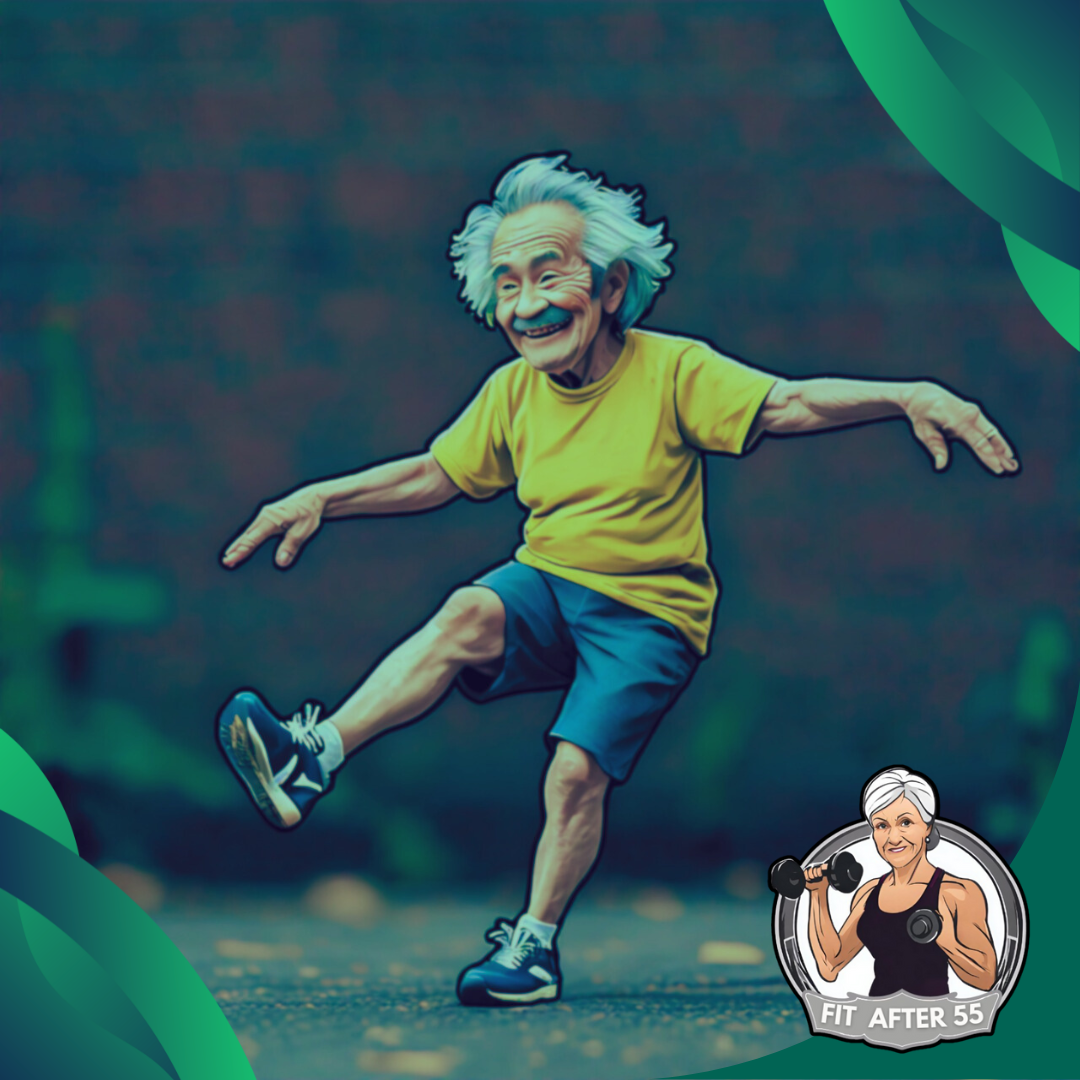
Frequently Asked Question
There are a few common questions that often come up when it comes to balance and stability. To help you get started, here are some frequently asked questions with detailed answers:
What factors can affect my balance?
Several factors can impact balance, including age-related changes, inner ear disorders like vertigo, neurological conditions, and even certain medications. Proprioception, or your body’s sense of its position in space, also plays a key role.
How can I improve my balance?
There are many ways to enhance your balance, including specific exercises that target stability, strength training, and activities like tai chi or yoga. Simple balance exercises and daily practices, like standing on one leg or walking heel-to-toe, can also be beneficial.
Can balance issues be treated?
In many cases, balance issues can be managed or improved through physical therapy, targeted exercises, and addressing any underlying medical conditions. If you’re experiencing balance problems, it’s a good idea to consult a healthcare professional for personalized advice.
What are some signs that my balance might be deteriorating?
Signs of declining balance include frequent tripping or stumbling, feeling unsteady when standing or walking, or having difficulty with tasks that require coordination. If you notice these symptoms, it’s important to address them early to prevent falls.
How does balance training impact my overall health?
Balance training not only helps prevent falls but also contributes to overall physical fitness, coordination, and strength. It can enhance your mobility and confidence, making daily activities easier and safer.
Let’s Get Fit Together!
Seeking motivation for your fitness journey? Our Facebook page is a treasure trove of tips, tricks, and workout routines specifically designed for individuals aged 55 and over. Join our lively and supportive community to explore ways to stay active, maintain your health, and embrace happiness.
Connect with others, share your progress, and find inspiration to keep moving and feeling your best. Let’s embark on this fitness adventure together and thrive in every stage of life!

